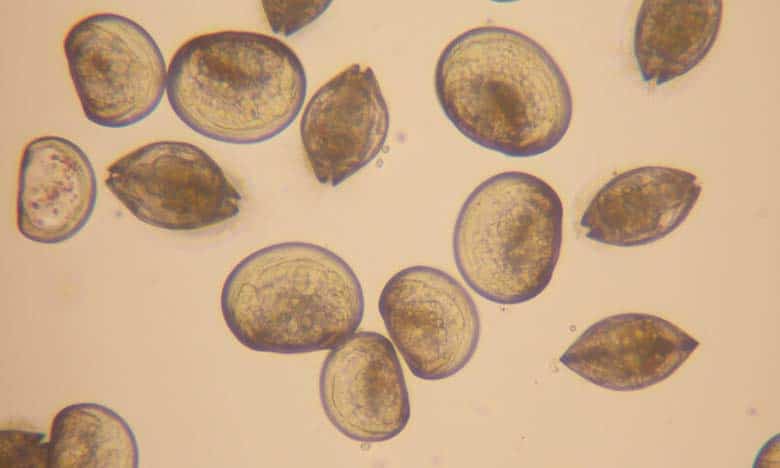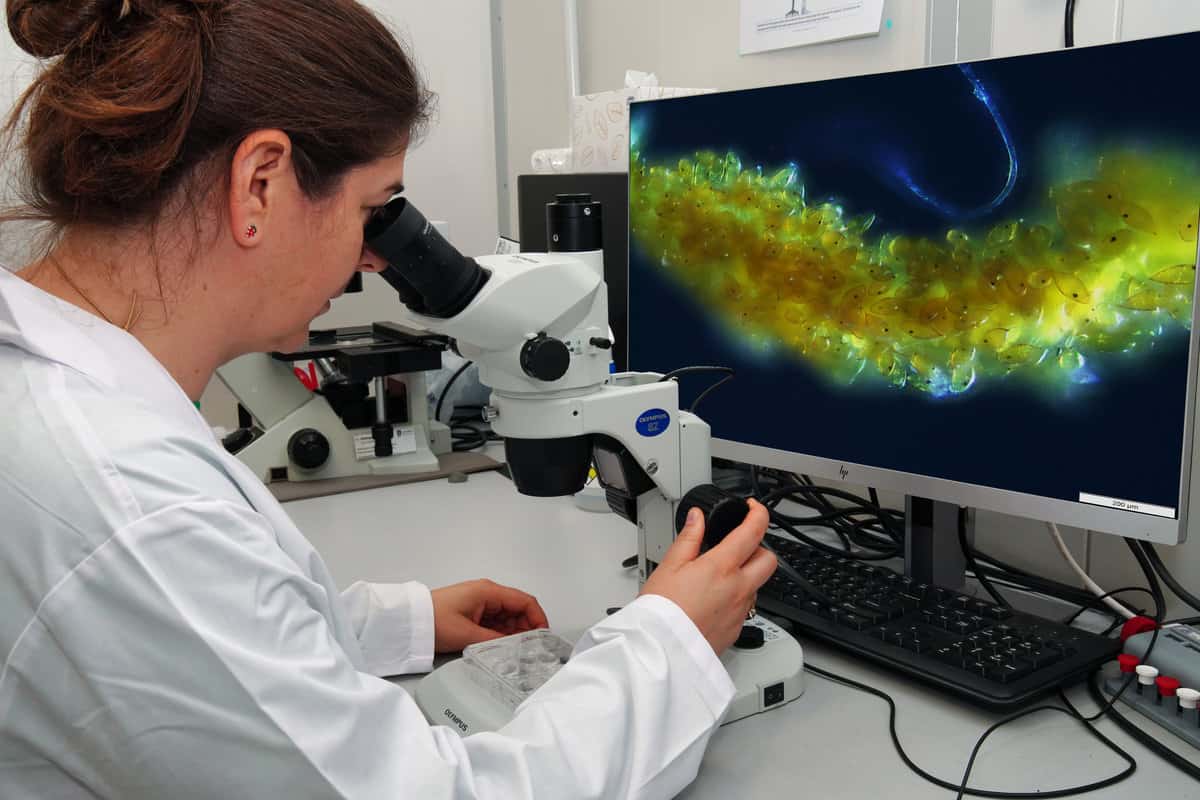Cawthron Aquaculture Breeding Services
We are experts in shellfish and finfish breeding – from programme design to the development of innovative and novel technologies.

Breeding
We are experts in shellfish and finfish breeding – from programme design to the development of innovative and novel technologies.
We help farmers worldwide to develop and manage bespoke breeding programmes tailored to improve their priority production traits, supported by our expert technical teams that provide husbandry and rearing know-how.
Cawthron Institute’s world-leading advanced finfish and shellfish breeding research and technologies now underpin a significant portion of New Zealand’s aquaculture production. We use methods ranging from quantitative genetic analysis and breeding value estimations, to the application of genomics and cryopreservation of juvenile shellfish, to optimise performance and build the resilience of the seafood industry.
Get in touch today by emailing | breeding@cawthron.org.nz
Shellfish Breeding
Cawthron’s shellfish breeding methods and technologies are pioneering, having resulted in Pacific oyster and Greenshell™ breeding that underpin a significant portion of national aquaculture production. These programmes have achieved increased mussel productivity and produced disease-resilient and fast growing Pacific oysters.
For local applications we produce shellfish ‘families’ in unique CUDLS (Cawthron Ultra Density Larval System) tanks at our custom-built aquaculture park in Nelson, before transferring them to the aquaculture industry where they are on-grown in nurseries and then on the farm for evaluation. The top performing families are used for production stock to increase commercial gains. The development of climate-adapted shellfish is an industry priority, and our applied research has been underpinning this goal.

Finfish Breeding
Our breeding research and services extend to finfish. For example, we work closely with the New Zealand salmon industry to optimise the performance of Chinook (king) salmon. Cawthron Aquaculture Park is home to a Finfish Research Centre that supports the delivery of several finfish research programmes. Our research aims to transform the industry’s approach to selective breeding of finfish to boost production efficiency and climate change resilience, leading to greater returns and sustainable environmental management.

Breeding Technologies
Cawthron has developed a range of innovative and novel breeding technologies to support our research and the development and implementation of breeding programmes. These technologies include genomic approaches using DNA to trace an individual’s family tree or predict its performance based on genetic similarity to other top-performing individuals.
Cawthron holds expertise in the commercial production of triploid shellfish plus the cryopreservation of shellfish sperm, eggs and larvae. In addition, Cawthron hosts one of the few cryobanks in the world, with germplasms of many shellfish species of commercial significance stored on site. These technologies directly support selective breeding and enable industry to produce year-round juveniles (spat) with improved harvest/production traits.

News & Publications
-
Paper: Developing successful breeding programs for New Zealand aquaculture: A perspective on progress and future genomic opportunities
-
Paper: New Zealand aquaculture selective breeding: from theory to industry application for three flagship species
-
Paper: Potential of genomic selection for improvement of resistance to ostreid herpesvirus in Pacific oyster (Crassostrea gigas)
-
Paper: Opportunities for improving feed efficiency and spinal health in New Zealand farmed Chinook salmon (Oncorhynchus tshawytscha) using genomic information.
-
Paper: Cryopreservation of sperm of the Pacific oyster (Crassostrea gigas): development of a practical method for commercial spat production.
-
Paper: Development of a method to cryopreserve Greenshell mussel (Perna canaliculus) veliger larvae
-
Paper: Understanding the dynamic of POMS infection and the role of microbiota composition in the survival of Pacific oysters, C. gigas.














